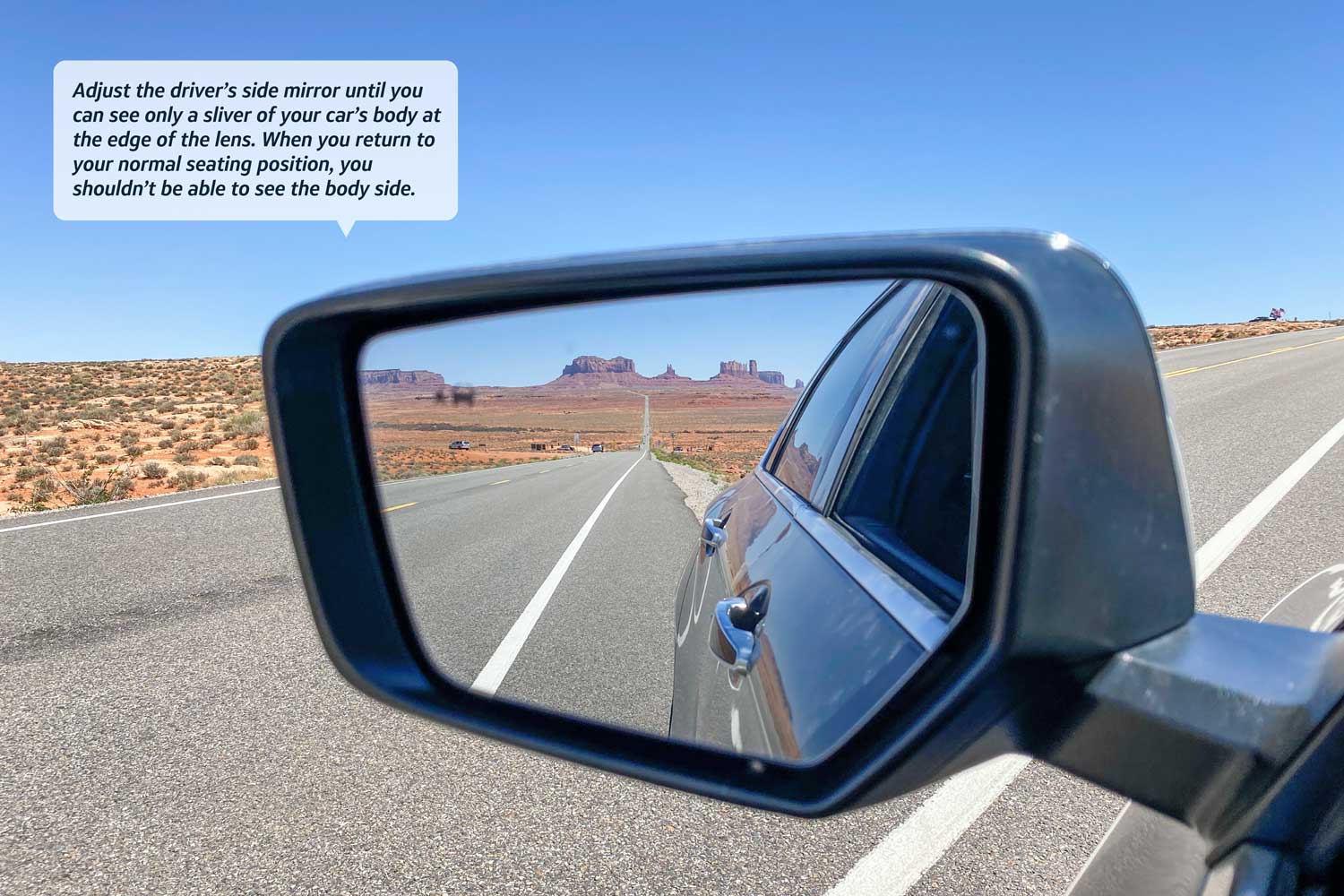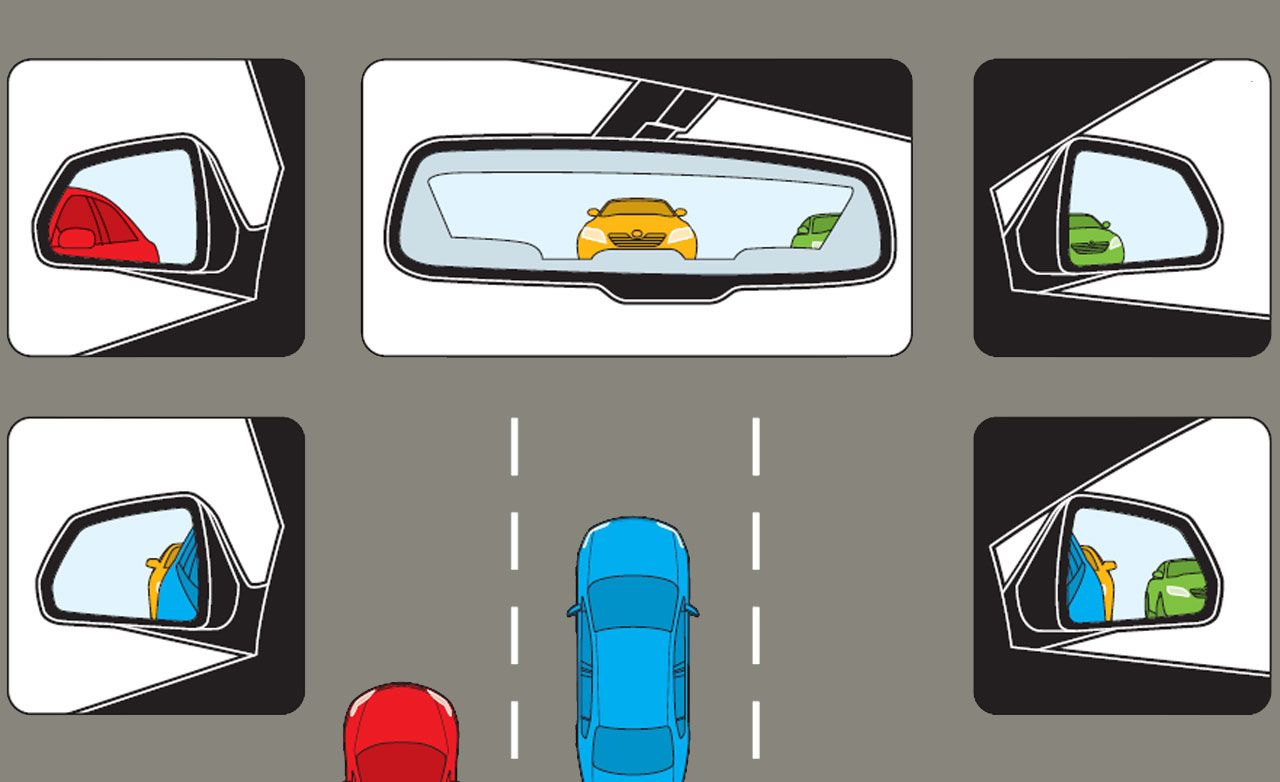Picture this: You’re cruising down the highway, enjoying the freedom of the open road, when suddenly, a car appears out of nowhere, making your heart skip a beat. It’s a scenario that many drivers face, and it underscores the importance of using your side view mirrors effectively.
But what exactly should you see in your side mirrors? Ensuring a clear view of your surroundings is not just about comfort, but about safety. Your side view mirrors are your trusty companions, offering you a glimpse into the world behind and beside your vehicle.
They can make the difference between a smooth ride and an unexpected surprise. We’ll dive into the essentials of what you should spot in your side mirrors, helping you become a more confident and safe driver. So, buckle up and let’s explore the simple yet crucial details that your side mirrors reveal.

Credit: www.capitalone.com
What Are You Supposed To See In Your Side Mirrors
Side view mirrors should show the road beside your car and the rear corner. Adjust them to see passing vehicles clearly. Blind spots should be minimized for safe lane changes and turns.
Driving with confidence involves knowing what’s around you. Your side mirrors play a key role in this. They help you stay aware of other vehicles, pedestrians, and obstacles. Let’s explore what you should see in these mirrors to ensure a safe journey.
Vehicles in Adjacent Lanes Side mirrors are crucial for monitoring nearby traffic. Here’s what you should see: – Adjacent vehicles: Ensure you can see cars in the lanes next to you. – Blind spots: Check for any vehicles that might be in your blind spots.
– Safe distance: Keep an eye on the distance between your car and others. The Road Behind You While driving, it’s vital to know what’s happening behind: – Traffic flow: Observe the speed and flow of traffic behind you. – Approaching vehicles: Spot fast-approaching cars early.
– Road conditions: Be aware of any road changes or hazards. Lane Boundaries and Surroundings Understanding your position on the road helps maintain safety. Your side mirrors should show: – Lane markings: Confirm you are centered in your lane. – Road edges: Avoid drifting too close to the curb or shoulder.
– Surrounding scenery: Notice any fixed objects like trees or signs. Adjusting for Best View Properly adjusted mirrors enhance your view. Consider these adjustments: – Mirror angle: Tilt mirrors to reduce blind spots. – Mirror position: Ensure you have a clear view of both lanes.
– Personal height: Adjust mirrors to suit your eye level. Regular Mirror Checks Frequent checks keep you informed about your surroundings: – Every few seconds: Quickly glance at your mirrors while driving. – Before lane changes: Check mirrors before switching lanes.
– At stops: Use mirrors to stay aware of nearby vehicles. By keeping these points in mind, you’ll improve your driving awareness. This ensures safer travels for you and others on the road.

Credit: www.caranddriver.com
Conclusion
Seeing the right things in your side view mirrors boosts safety. Always check for cars in your blind spots. Ensure you see the road lanes clearly. Keep an eye out for cyclists and pedestrians too. Properly adjusted mirrors reduce accidents.
Make sure your mirrors are clean and intact. Regularly adjust them for a better view. Practice often to build the habit. A clear view means a safer drive. Stay alert and drive with confidence. Your safety matters on the road.
Remember, it’s not just about you. It’s about everyone around you too. Stay aware. Stay safe.
